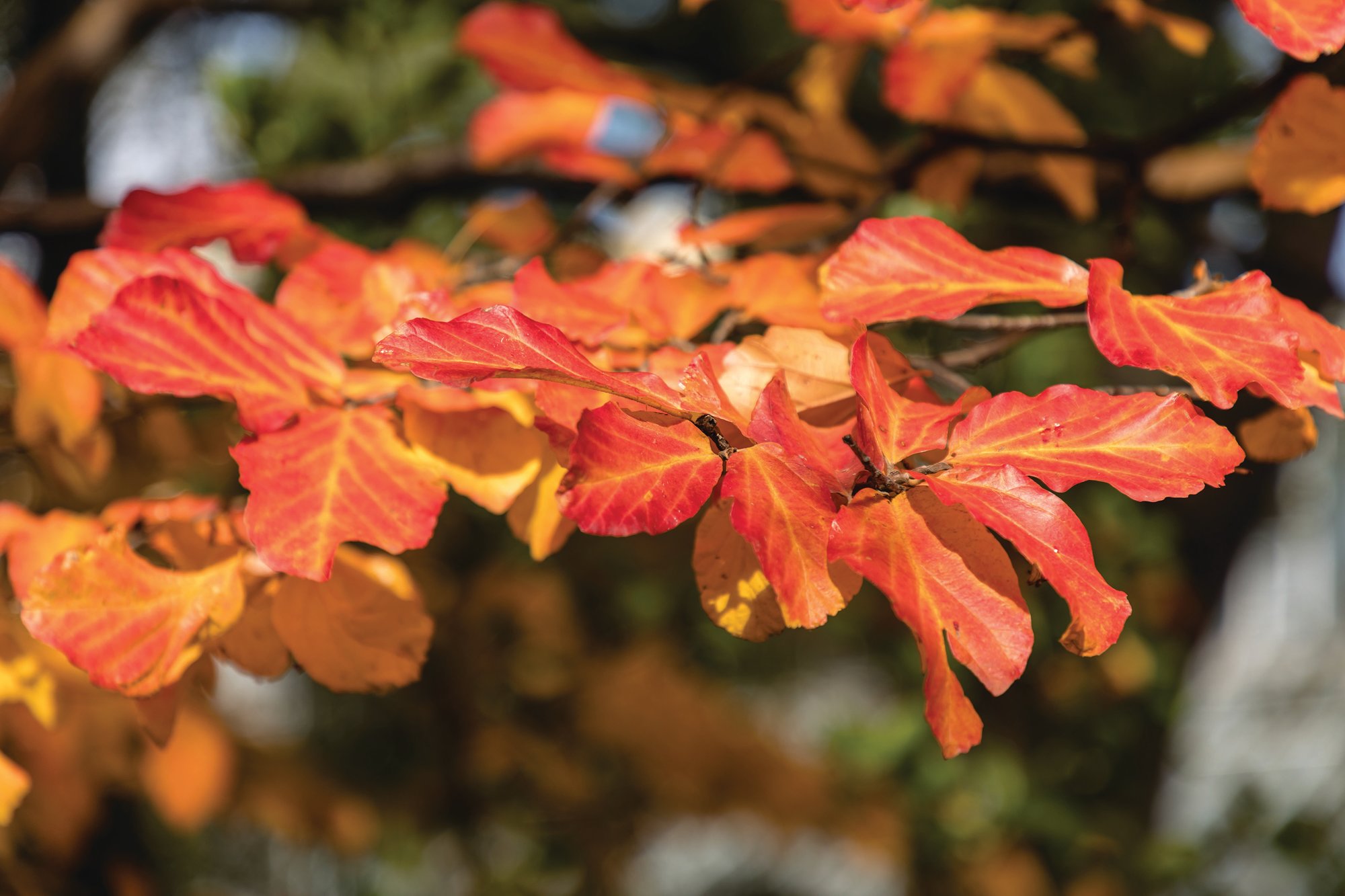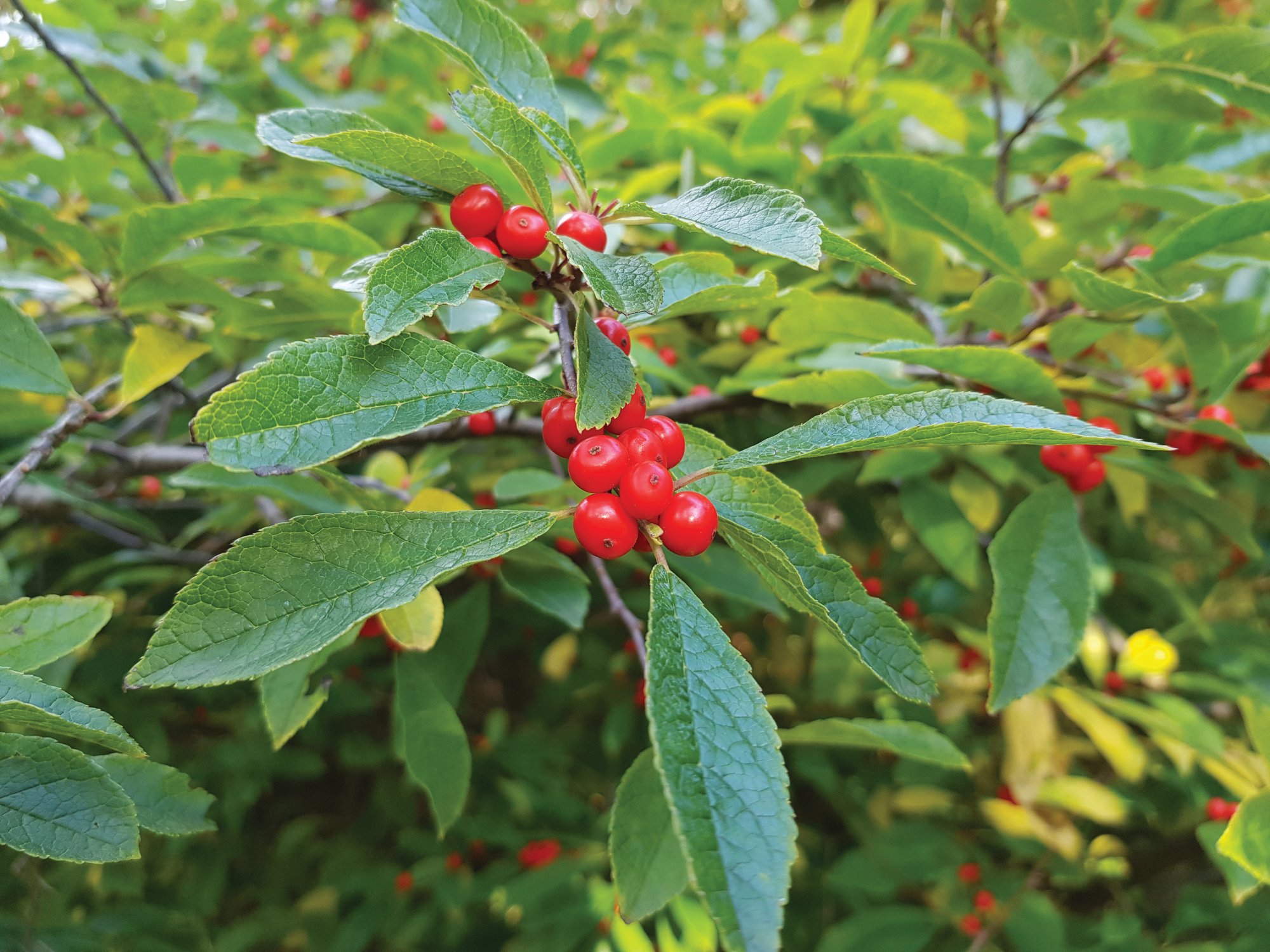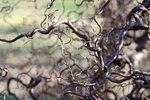Clemson Extension Urban Horticulture Agent Chase Smoak: Your yard doesn't have to be boring in the colder months
Clemson Cooperative Extension
Many homeowners believe landscapes are boring in colder months, but that doesn't have to be the case. In fact, winter is an excellent time to spot the dull areas of your yard that need a little more pop. Once these areas have been identified, you can select plants with multi-season interest to plant at a later date. Here are a few of my favorite plants for a winter landscape:
1. Winterberry Holly (Ilex verticillata)
The female deciduous holly enhances winter landscapes with its bright red berries that ripen in September and persist through December-January. The cultivated variety "Winter Red" may even hold the fruit until March. Naturally, Winterberry tends to grow 6 to 10 feet high and wide, but some cultivars do provide more compact habits. This plant is dioecious, meaning male and female reproductive parts are on separate plants, so you will need to plant one male for every five females.
2. Harry Lauder's Walkingstick (Corylus avellana 'Contorta')
This cultivar of C. avellana is a shrub or small tree that makes an excellent conversation piece. During the winter, the tree drops its leaves to expose contorted branches that are accented by numerous male catkins (single sex flower). The trees are best used as a specimen that borders a flower bed or simply as a stand-alone planting. These plants usually grow 8 to 10 feet high and wide, but some larger specimens around 20 feet do exist.
3. Persian Parrotia (Parrotia persica)
This tree is a favorite of mine. Generally growing 20 to 40 feet high and 15 to 30 feet wide, Persian Parrotia is a must have for plant enthusiasts. Fall colors display vibrant hues of yellow, orange and red, giving it a handsome appearance before dropping its leaves. During the winter, its cream, green/gray and brown-colored exfoliating bark really makes the tree stand out. Red flowers begin to appear in early to mid-February and typically continue through April. Use this tree in your landscape as a specimen for the front yard or in the background of border plantings. Several cultivars are currently available on the market and boast a wide range of aesthetic attributes.
Chase Smoak is an urban horticulture agent for Clemson Extension in Sumter and Lee counties. Contact him at jsmoakj@clemson.edu.
More Articles to Read








